Thought these stones only came in white? Think again. Here’s the lowdown on fancy colors and what makes them a good investment.
Color is one of the “4Cs,” the four main characteristics that diamond graders use to determine a stone’s value (the other three being cut, clarity and carat weight). Most diamonds’ color grades range from D, or colorless, all the way through the rest of the alphabet to Z, or strongly tainted with a yellow or brown hue. In those cases, when it comes to how much they’re worth, the less color, the better. But so-called “fancy” colored diamonds are a different story. These are stones that have a natural color outside the standard scale — either a yellow or brown that’s deeper than a Z stone, or a completely different color, such as pink, red, grey, black, blue, green or orange.
Made in the shade(s)
Where do these diamonds get their colors? Each naturally occurring hue has a slightly different origin, but they all result from either chemical or physical defects in the stone during its formation. For instance, the presence of nitrogen in a stone gives it a yellow tint, while blue diamonds get their color from boron.
When it comes to intensity, gem-quality colored diamonds are graded as light, fancy, intense or vivid. The strength of the color increases the stone’s rarity and, consequently, its value — both of which appeal to dealers, connoisseurs, investors and mid- or high-end jewelry customers who want to purchase something exciting and different.
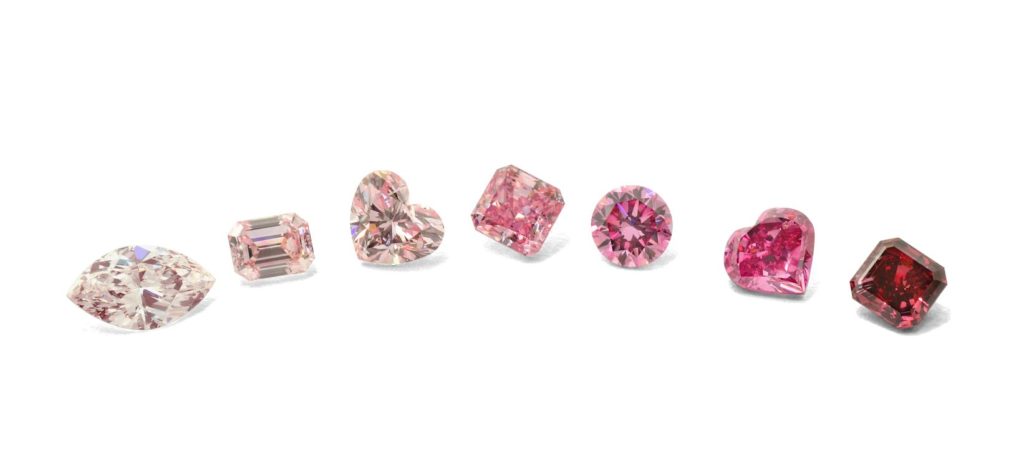
Rise to fame
The popularity of fancy colored diamonds started picking up in the early 2000s, but they weren’t always considered interesting or even valuable. Before that, they were prized mainly by diamond dealers such as L.J. West Diamonds or Cora International, and master collectors like Eddy Elzas or Laurence Graff. Other efforts to change public perception of these stones included a marketing campaign in the 1980s by diamond producer Rio Tinto, which owns the Argyle mine in Australia — a renowned source of pink and red diamonds. Instead of relegating its brown diamonds to industrial use, for instance, it dubbed them “champagne” and “cognac” diamonds, adding to their gem-quality appeal.
The first designer to believe in colored diamonds was Fawaz Gruosi, who popularized black and milky diamonds during the 1990s via stunning high-end pieces. Gradually, colored diamonds started appearing as both center stones and full-pavé jewels in luxury masterpieces. Meanwhile, auction houses such as Christie’s, Sotheby’s, Phillips and Poly have been betting on this trend; colored diamonds often fetch impressive prices per carat, achieving some of the most notable auction records.
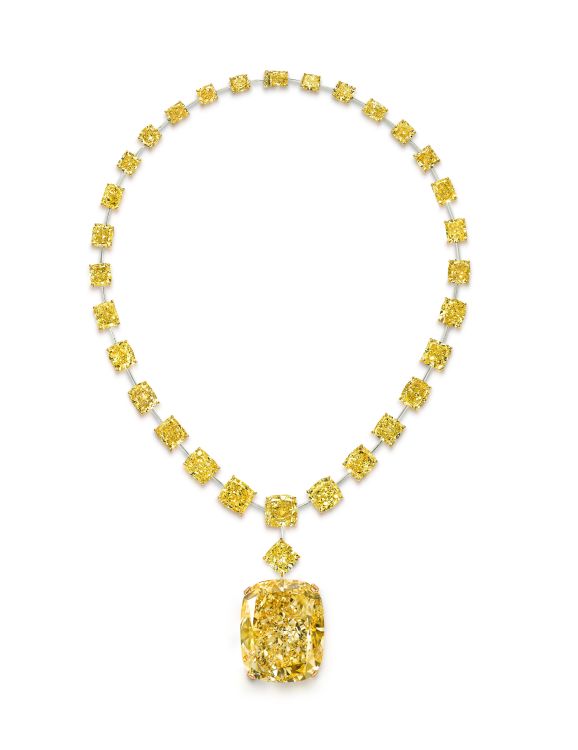
Choosing the one for you
Though these stones are decidedly more expensive than traditional diamonds, some colors are more accessible than others — particularly yellow, brown and some varieties of pink and blue. Whichever shade you choose, the most important thing is to buy your stone from a trustworthy retailer. For less-experienced buyers, it’s a good idea to check the Natural Color Diamond Association (NCDIA) seller list. In particular, the retailer should provide you with a grading report from a laboratory such as the Gemological Institute of America (GIA), a worldwide authority in both fancy- and colorless-diamond grading.
For those who want something a little out of the ordinary, colored diamonds are a solid investment with a touch of mystique. Just make sure to keep transparency and trust in mind when shopping around for a vendor.
Main image: Selection of colored diamonds from L.J. West Diamonds.

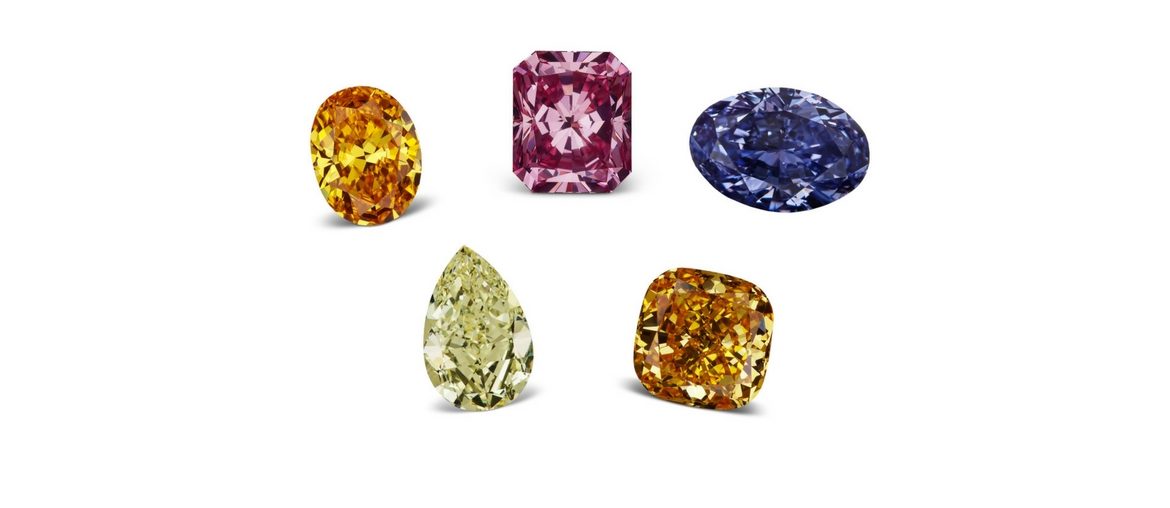
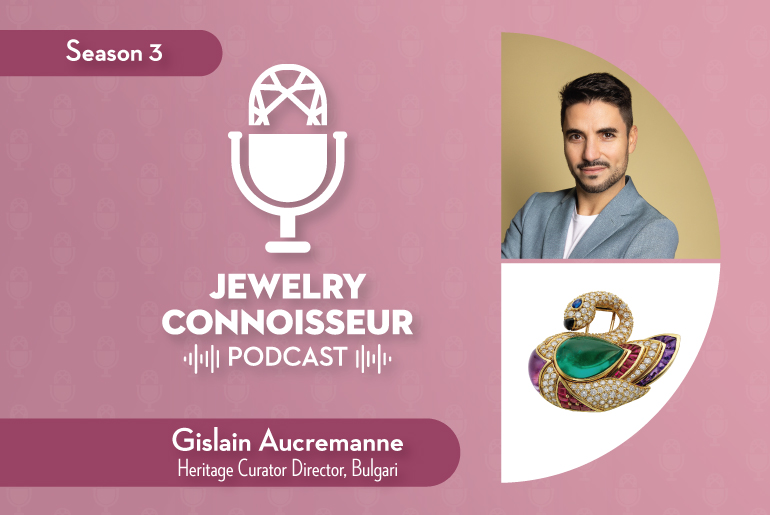
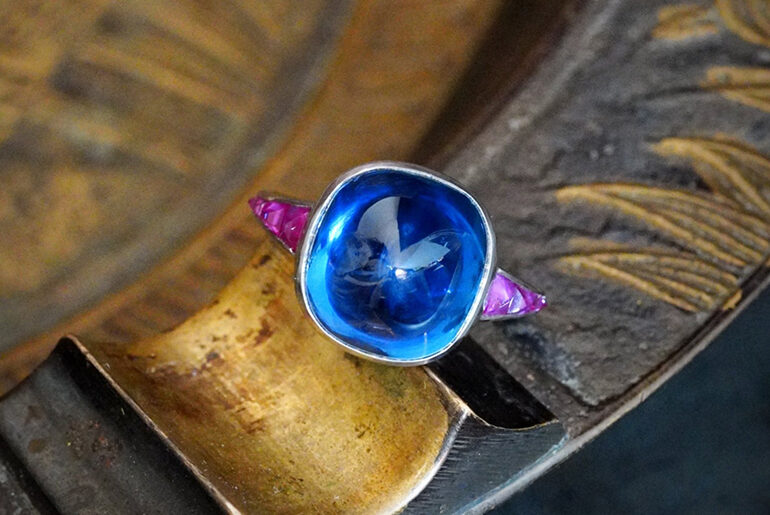
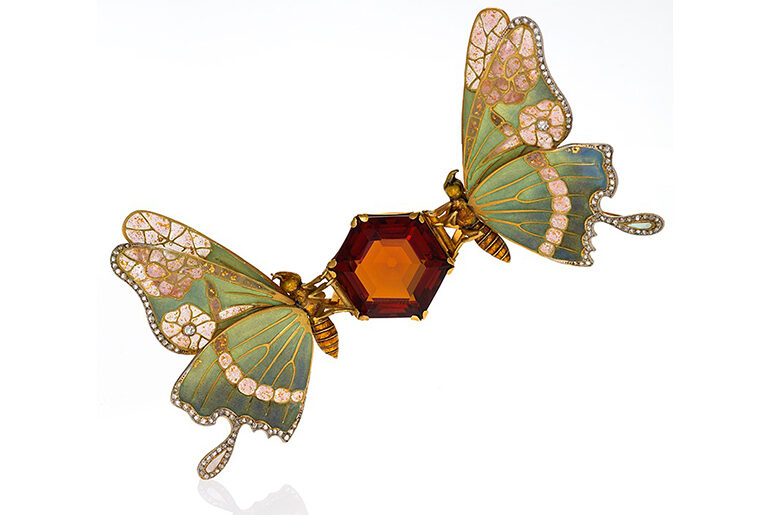
Comments are closed.